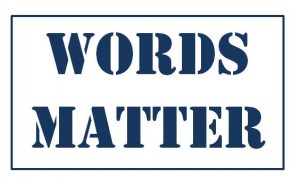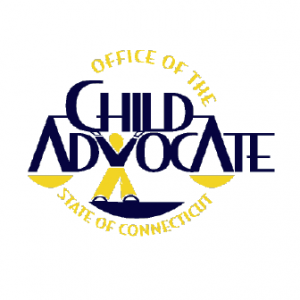SHOOTING AT SANDY HOOK ELEMENTARY SCHOOL – REPORT OF THE OFFICE OF THE CHILD ADVOCATE
February 2nd, 2015 by drcoplan
2. What’s in a name? Incessant use of “AL” rather than “Adam” throughout the OCA report dulls the reader’s sensitivities to Adam Lanza as a person.
Last time, we introduced the State of Connecticut’s Child Fatality Review Panel, and the Report of the Office of the Child Advocate (OCA) on the Newtown shootings of 2012. The report goes into painstaking detail on the lives of Adam Lanza and his mother. We will get to those details and the committee’s recommendations in due course. Before doing so, however, it is fair game to take a look at the mindset of the committee itself.
The authors’ stated goal (OCA report, page 3) was “to prepare a report that would focus on Adam Lanza (hereinafter referred to as AL).” Not only does the committee refer to Adam Lanza as “AL” when speaking for itself (for example: “Authors of this report focused on AL’s developmental, educational, and mental health profile over time…..” OCA report p. 2); the committee also saw fit to alter statements of witnesses, and the existing written record. For example, here is how the committee reproduces an interview with one of Adam Lanza’s former classmates (OCA p. 25): “AL [was] a nice kid who was sort of withdrawn [though] I could tell he was a little off . . . . AL seemed to get along with everyone, he would interact [with others] but would never engage classmates in conversation. During this school year, I invited all of my classmates over to my house for a birthday party. The one thing that I thought was odd was AL’s mother stayed for the entire party.” And here is how the committee reproduces an email from Nancy Lanza (Adam Lanza’s mother) to his elementary school (OCA p. 28): “AL is a quiet, considerate child with a tendency to withdraw. He has made tremendous strides in your school system and has benefited from speech therapy. He does, however, tend to ‘over focus’ on rules and can be very hard on himself as a result….”
The committee is within its rights (although I question their editorial judgment) to refer to Adam Lanza any way they choose, when speaking for themselves. But Adam Lanza’s teachers, classmates, physicians and parents didn’t call him “AL.” They called him by his name: Adam.
What purpose is served by referring to Adam Lanza as “AL” instead of by name?
The committee offers no reason for its decision to strip Adam Lanza of his personal identity. It cannot have been for the sake of brevity, otherwise they would have referred to Nancy Lanza (Adam Lanza’s mother) as “NL.” Her name appears as frequently in the record as her son’s. Only Adam is singled out for depersonalization in this fashion. Whatever the committee’s intent, their incessant use of “AL” rather than “Adam” has a dehumanizing effect. Dehumanizing someone is the first step on the slippery slope towards demonizing them. The committee itself doesn’t demonize Adam Lanza, but there is no lack of voices in the community who have. Referring to him by his initials rather than by name throughout the report just greases the slope.
We wonder if the committee members themselves had difficulty seeing Adam Lanza as a person. We find evidence consistent with this hypothesis a few paragraphs further on, where the committee states, almost apologetically: “[B]ecause the work of this report tracks AL from birth to the mass shooting [,] the authors described AL in what appear to be human terms” (OCA report, p 3). What on earth do they mean by inserting the qualifying phrase “appear to be”? Of course we need to see Adam Lanza in human terms, in order to fathom what went wrong. The lessons to be learned from the Newtown tragedy depend upon humanizing (rather than de-humanizing) the players.
| Remember who I am: A developmental pediatrician. For 40 years, it was my job to see children and youth like Adam – and their parents – in human terms. My job was threefold: First, to see people as they really were, Second, to enable them to envision a better future for themselves, and Third, to energize them into moving towards that vision. This is not the same as condoning bad behavior. On the contrary. My challenge was to earn the family’s trust while at the same time figuring out how to get them to relinquish deeply entrenched but harmful behaviors. The only way to do that was to humanize them – they needed to feel respected and safe, before they were able to take a look at themselves more closely, and find the strength to change. |
In the remainder of this series of posts, I have restored the proper name “Adam” (without brackets) whenever the committee is quoting third parties, who would have referred to Adam Lanza by name. When the committee is speaking in its own voice, I have replaced “AL” with “[Adam],” with brackets, to mark the change. If you read the report itself, I suggest that you try reading it both ways, mentally substituting “Adam” for “AL.” Words matter.
Until next time.
James Coplan, MD is an Internationally recognized clinician, author, and public speaker in the fields of early child development, early language development and autistic spectrum disorders. Stay connected, join Dr. Coplan on Facebook and Twitter.














